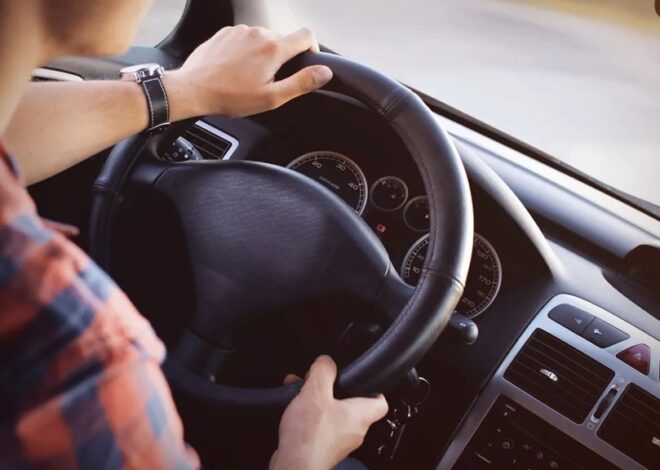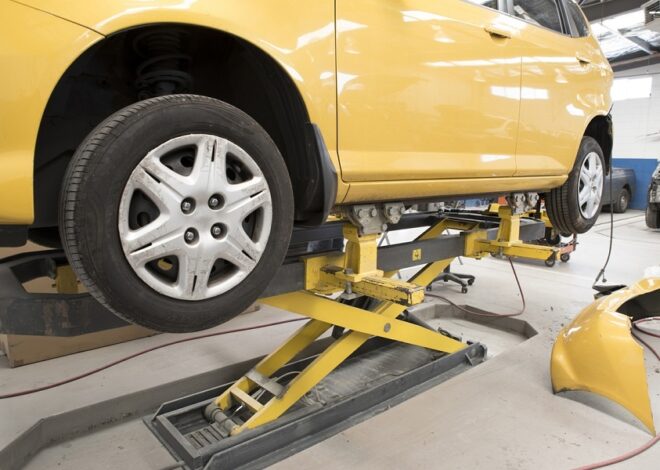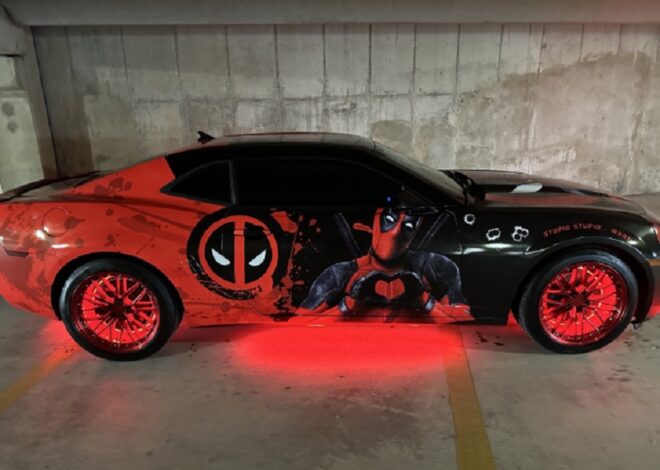A Guide to Vehicle Wrapping
Vehicle wrapping has become an increasingly popular way for businesses and individuals to enhance the appearance of their cars, trucks, and even motorcycles. Whether you’re looking to promote a brand, protect your vehicle’s original paint, or simply stand out on the road, vehicle wrapping offers a versatile and cost-effective solution. This guide covers everything you need to know about vehicle wrapping—from the basics to the benefits, and what to expect during the process.
What Is Vehicle Wrapping?
Vehicle wrapping involves covering a car’s exterior with a thin, adhesive vinyl film. This film can be customized with various colors, finishes, designs, and graphics, allowing for a completely new look without the permanence of a traditional paint job. Wraps can cover the entire vehicle (full wrap) or just specific sections (partial wrap), depending on your preference.
Types of Vehicle Wraps
- Color Change Wraps: Perfect for those who want to change their car’s color without repainting.
- Commercial Wraps: Ideal for businesses looking to advertise their brand on company vehicles.
- Textured Wraps: Carbon fiber, matte, satin, and brushed metal finishes add unique aesthetics.
- Clear Protection Wraps: Protect the original paint while maintaining the car’s factory look.
Benefits of Vehicle Wrapping
- Cost-Effective: Wrapping is generally cheaper than a full paint job, especially for complex designs.
- Customizable: Unlimited design possibilities allow for unique personalization or brand promotion.
- Paint Protection: Wraps act as a shield against UV rays, minor scratches, and road debris.
- Reversible: Unlike paint, wraps can be easily removed without damaging the original surface.
- Quick Application: Professional installations take significantly less time than repainting.
The Vehicle Wrapping Process
- Design Consultation: This is where you discuss your vision with the wrap specialists. They’ll help with color choices, graphics, and finishes.
- Surface Preparation: The vehicle is thoroughly cleaned and sometimes lightly polished to ensure the wrap adheres properly.
- Installation: The vinyl film is carefully applied using heat guns and squeegees to remove air bubbles and ensure a smooth finish.
- Final Inspection: Professionals inspect the wrap for any imperfections and make necessary adjustments.
How Long Does a Vehicle Wrap Last?
High-quality wraps, when properly maintained, can last anywhere from 5 to 7 years. The longevity depends on factors such as exposure to sunlight, weather conditions, and how well the vehicle is cared for.
Maintenance Tips for Vehicle Wraps
- Regular Cleaning: Use mild soap and water. Avoid harsh chemicals and automatic car washes with brushes.
- Hand Wash Preferred: This minimizes the risk of peeling or lifting edges.
- Avoid Prolonged Sun Exposure: Park in shaded areas or use a car cover to prevent fading.
- Prompt Repairs: Address any lifted edges or minor damages quickly to prevent further issues.
Vehicle Wrapping vs. Paint Protection Film
While vehicle wraps focus on aesthetics and customization, paint protection films are designed to safeguard the car’s surface from physical damage. A notable option for superior protection is Automobicon paint protection film, known for its durability and clear, high-gloss finish. Some car owners even combine both—using a wrap for design and a paint protection film for added defense.
Is Vehicle Wrapping Right for You?
Vehicle wrapping is a fantastic option for both personal and commercial purposes. Whether you’re looking to express your style, protect your investment, or advertise your business, wraps offer flexibility and creativity without the permanence of paint.
If you’re considering a vehicle wrap, consult with a professional installer to discuss your goals, budget, and design ideas. A quality wrap not only transforms your vehicle’s appearance but also preserves its value for years to come.



